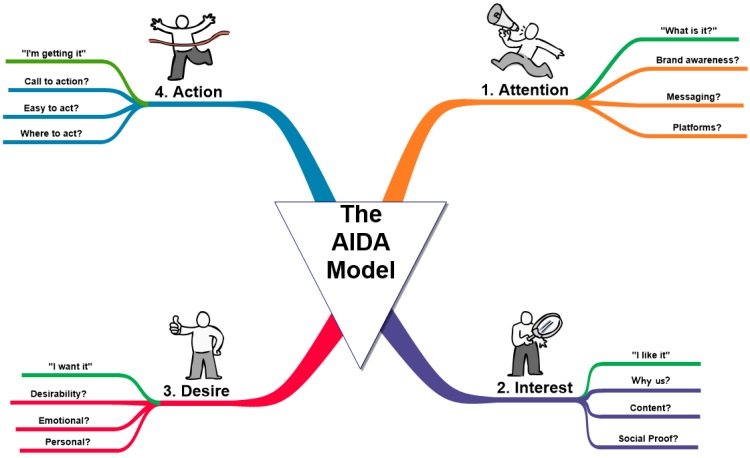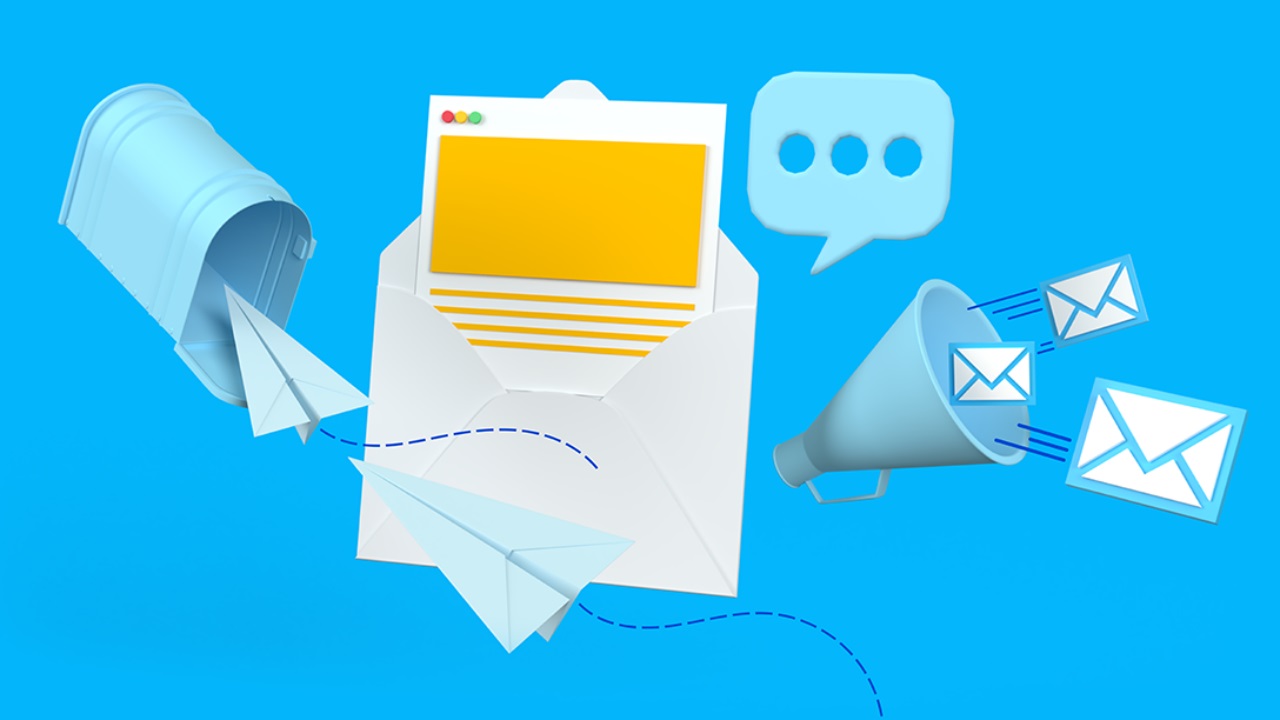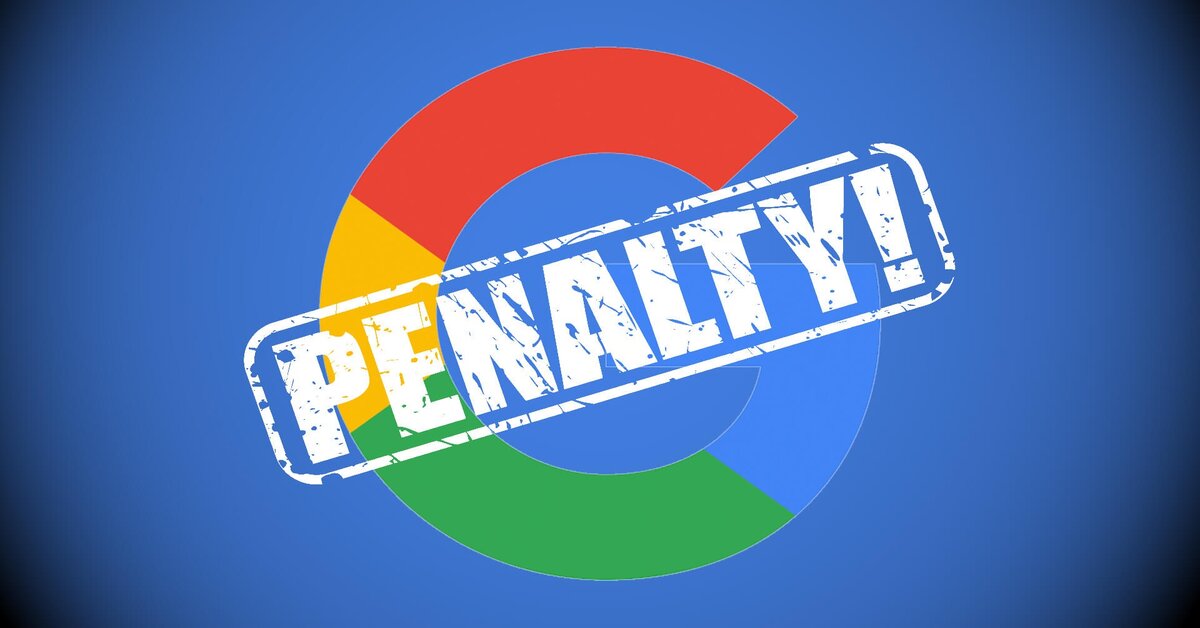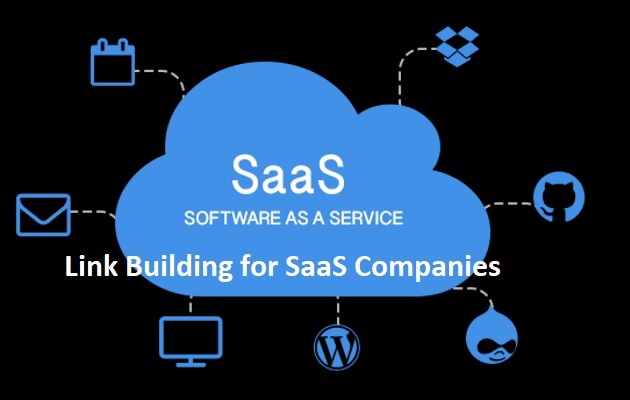How to Write a Successful Link-Building Outreach Email
Email outreach is one of the toughest aspects of link-building. In fact, only around 8.5% of link-building outreach emails get a response.
Writing an effective email is much more than just getting the messaging right. It’s about discovering what message your email recipients want to receive and what gets them to link back to a source.
To help you out, we provided a full breakdown of the link-building outreach email process in three simple steps.
Let’s jump right in.
3 Steps to writing the perfect link-building outreach email
Writing outreach emails is all about telling the recipient how you can help them or their brand in return for a backlink.
Here are three easy-to-follow steps to crafting an effective email that you can template and even use as a link-building asset.
Step 1: Research the outreach audience
When writing a link-building outreach email or creating a template, it’s important to know your audience (and their audience). This allows you to pick quality sites, visualize their perspective, and understand how they would perceive the email.

When doing that, you should make a list of up to 10 prospects and ask yourself the following questions:
- What are recipients in that niche trying to do?: Are they trying to promote a service or raise awareness about an issue? Are they trying to sell SEO content? Are they trying to establish themselves as a news source? This will tell you what they hope to accomplish with their content, making it easier to figure out what to pitch.
- What type of content do they publish?: Is their content geared toward long-form articles that go deep into a subject? Do they mostly write visual-heavy articles and infographics? This will tell you what content the recipients will expect and what quality you’ll need to deliver in return.
- What type of content do they usually link?: What’s the intent behind the backlinks on the recipient’s posts? Are they linking to avoid deviating from the primary content subject? Are they promoting services? Is the link to a source of evidence? This will tell you how to make your pitch a fit for their usual linking intent.
- What are the common pain points of the recipients’ audience?: Are their readers looking for answers to technical questions? Are the readers looking for additional links for information? Are they simply reading to be better informed? This will give you ideas on what content to create and pitch.
Your outreach audiences and their linking habits are primary sources of information. They map out what type of content will get you contextual backlinks. Complete this step before you start putting together a draft.
Step 2: Understand the AIDA framework
The AIDA model breaks down the customer’s journey and their general buying process.
It stands for Attention, Interest, Desire, and Action.

From the link-building perspective, the AIDA model can be applied in the following steps:
- Attention: Create an email that grabs the recipient’s attention.
- Interest: Connect with the recipient to increase their interest.
- Desire: Create desire by explaining what you can do for them.
- Action: Drive the recipient to take action, such as granting you a link.
The AIDA model can improve outreach email success. Optimizing your emails for each of the four steps is much easier than creating and following a separate framework for each audience type.
Step 3: Draft the email
Now let’s go through each part of writing the email following the AIDA model.
- Grab recipient attention with the subject line: Depending on what the recipient’s website is about, the subject line can be “Article idea for [recipient or website name]” or “Story idea for [recipient or website name].” This shows what the email is about and how it aligns with their content intent.
- Increase interest with a personalized opening line: This is your time to connect with the recipient on a personal level. Achieve this by proving that you read their content, understood their messaging, found out what they’re interested in linking to, and know what their readers want from them. For example, you can write, “I’m emailing you because [I/we] [wrote/crafted] this [content type] to help [description of problem] by [description of your solution].”

- Use your pitch to generate desire: Here, you need to explain what you can do for the recipient’s website or brand. In other words, show why they want to grant you a link. You can do this by researching the most prevalent pain points of the recipient’s audience and explaining how you or your asset can help them address those needs.
- Prompt a call to action (CTA): The final stage is also the most important. Don’t kill all the momentum you generated with a complicated next step or call to action CTA. Make it easy for the recipient to understand what they need to do. Your CTA could be a simple yes or no question such as “Can I send over a draft?” Keep it simple and direct.
BONUS: Hiring an effective email outreach link-building service
The three steps mentioned above are subject to your time and resource availability.
One way to get around the hassle of developing convincing link-building outreach email templates is to outsource link-building altogether.
The best advantage of outsourcing the entire process is that you free up time. With the help of email outreach link-building software, you’ll be able to concentrate on improving your marketing framework and service quality.
Plus, you automatically increase your chances of generating links when you have more valuable and linkable content.
Link-building outreach email templates for four major use cases
Here are some compelling link-building outreach email examples to upgrade your outreach as a whole.
Case #1: When you have a content asset ready
This use case is when you have an article or other content piece on a subject your recipient might be interested in.
Subject: Article for [recipient’s website]
Hi [first name],
[customized intro]
I’m emailing you because we just wrote an article about [topic]. As this is a topic you commonly write about, I thought you might be interested in sharing it with [recipient’s website]’s readers!
We can even help promote your website on our social media!
Can I send it your way for a quick review?
Cheers
Case #2: When you have several content pieces ready
This use case is when you’ve written several pieces on the subject the recipient publishes.
Subject: Articles for [recipient’s website]
Hi [first name]
I’m [your name], [your title] at [company]. I hope you’re having a great week!
I’m emailing you because I’m working on some articles that I thought would be a great fit for [recipient’s website].
Here’s an overview of what each one is about:
[article title] – [description]
[article title] – [description]
[article title] – [description]
Would you like to see a draft of any of these to consider publishing on [recipient’s website]?
To give you an idea of my writing style and quality, here are some samples:
[link]
[link]
[link]
Let me know what you think!
Cheers
Case #3: When you have content ideas
This use case is when you understand what the recipient’s content usually looks like and what their readers want, but you want them to choose the content topic.
Subject: Article for [recipient’s website]
Hi [first name],
I’m [your name], [your title] at [company]. I hope you’re having a great week!
I’m emailing you today because I have some article ideas I thought would be ideal for [recipient’s website]:
[article title]
[article title]
[article title]
Here are some content samples to give you an idea of my writing style and quality:
[link]
[link]
[link]
Can I send a draft for you to review and consider publishing on [recipient’s website]?
Let me know what you think!
Cheers
Case #4: When you want to connect first before pitching the link
This template is for more open-ended pitches that establish communication before you send the link offer.
Subject: Article for [recipient’s website]
Hi [first name]!
I’m [your name], [your title] at [website]. I hope you’re having a great week!
I’m emailing you today because I’d love to write a guest post for [recipient’s website]. I have a few ideas that I think would be a great fit for your audience.
Are you open to receiving a few pitches?
For reference, here are some of my articles published on other websites:
[link]
[link]
[link]
Let me know what you think!
Cheers
Final thoughts
As mentioned earlier, sending the right message is essential when crafting the perfect outreach email. However, it’s even more important to have expertise in audience research, outreach experience, and an effective link-building skills repertoire before starting outreach.
In light of that, connecting with an email outreach link-building service could be much more beneficial. As experts in the field, they can provide guidance and improve your outreach outcomes.
Contact us to learn more about our link-building strategy and how we can help generate the most suitable links for you.







